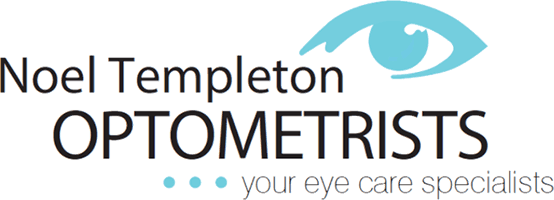-
Pterygium

Pterygium most often refers to a benign growth of the conjunctiva, commonly grows from the nasal side of the sclera. It is thought to be caused by ultraviolet-light exposure (e.g., sunlight), low humidity, and dust. Sunlight passes unobstructed from the lateral side of the eye, focusing on the medial limbus after passing through the cornea.
Pathology
Pterygium in the conjunctiva is characterized by elastotic degeneration of collagen (actinic elastosis) and fibro vascular proliferation. Sometimes a line of iron deposition can be seen adjacent to the head of the pterygium called Stocker’s line. The location of the line can give an indication of the pattern of growth.
The pterygium is composed of several segments:
Fuchs’ Patches (minute grey blemishes that disperse near the pterygium head)
Stocker’s Line (a brownish line composed of iron deposits)
Hood (fibrous nonvascular portion of the pterygium)
Head (apex of the pterygium, typically raised and highly vascular)
Body (fleshy elevated portion congested with tortuous vessels)
Superior Edge (upper edge of the triangular or wing-shaped portion of the pterygium)
Inferior Edge (lower edge of the triangular or wing-shaped portion of the pterygium).
Prevention
As it is associated with excessive sun or wind exposure, wearing protective sunglasses with side shields and/or wide brimmed hats and using artificial tears throughout the day may help prevent their formation or stop further growth. Surfers and other water-sport athletes should wear eye protection that blocks 100% of the UV rays from the water, as is often used by snow-sport athletes.
Symptoms
Symptoms of pterygium include persistent redness from smoking, inflammation, foreign body sensation, tearing, which can cause bleeding, dry and itchy eyes. In advanced cases the pterygium can affect vision as it invades the cornea with the potential of obscuring the optical centre of the cornea and inducing astigmatism and corneal scarring.
Treatment
Today a variety of options is available for the management of pterygium, from irradiation, to conjunctival auto-grafting or amniotic membrane transplantation, along with glue and suture application. As it is a benign growth, pterygium typically does not require surgery unless it grows to such an extent that it covers the pupil, obstructing vision or presents with acute symptoms. Some of the irritating symptoms can be addressed with artificial tears. However, no reliable medical treatment exists to reduce or even prevent pterygium progression. Definitive treatment is achieved only by surgical removal. Long-term follow up is required as pterygium may recur even after complete surgical correction.
http://en.wikipedia.org
Location & Contact Details
© 2017 - 2025 Noel Templeton Optometrists



